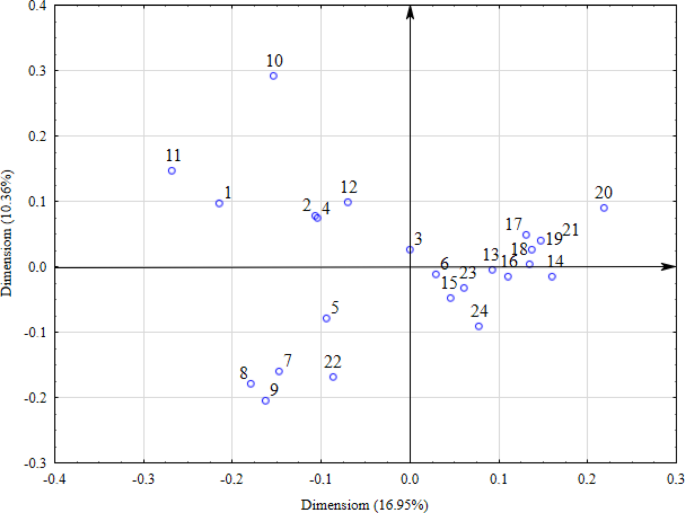Fitness: 5,000 steps a day helps keep breast cancer away

Despite an estimated one in eight Canadian women likely to get breast cancer in their lifetime, survival rates are high with 89 per cent living cancer-free at least five years after the initial diagnosis. Early recognition and better treatment are the most significant reasons why survival rates are so favourable. But study after study reports exercise also plays an important role in reducing the chances of breast cancer recurrence and mortality, with results suggesting up to a 40 per cent reduction in risk.
So strong is the link between improved survival rates and physical activity, exercise is considered an important component of any treatment plan. Admittedly, the weeks and months after diagnosis can be physically and emotionally gruelling, but with guidelines suggesting women be as active as their condition allows, the objective is to move as much as possible. Still it’s not surprising the majority of cancer patients don’t meet the recommended 150 minutes of moderate to vigorous intensity exercise a week. But with the revelation over the course of a five-year follow-up, at no time were more than 50 per cent of survivors meeting physical activity guidelines, it’s clear exercise isn’t easy for cancer patients even years after treatment ends.
Survivors often blame treatment related side effects as the primary reason for their lack of physical activity. Continuing fatigue, mobility issues, depression, anxiety around exercise and lack of knowledge surrounding the appropriate exercise prescription are common barriers. Yet research has reported higher levels of fatigue, depression and reduced quality of life among survivors who didn’t exercise, versus those who maintained a regular routine.
The type of physical activity best suited to breast cancer survivors is likely to change over the course of treatment and recovery, which is why working with an exercise professional who has experience with breast cancer survivors is recommended. But not all women have those resources available to them, making a recent study published ahead of print in the journal Medicine and Science in Sports and Exercise an important step forward for breast cancer survivors struggling to find an exercise regime that feels right.
The Alberta Moving Beyond Breast Cancer study explored the association between daily step counts and health and fitness. Using data provided by wearable step counters administered to 1,408 breast cancer patients, they assessed daily step counts, step cadence and periods of inactivity lasting 10 or more minutes, close to diagnosis and again one year later. Not surprisingly, they found that low step counts and long stretches of inactivity were associated with poorer health and a lower level of fitness, compared to survivors who found the motivation to move more every day.
“Taking less than 5,000 steps per day at baseline was associated with lower aerobic fitness, muscular strength and endurance, lower physical and mental quality of life and greater fatigue and upper extremity disability at baseline and one year later,” the researchers said.
Also noted is extended periods of inactivity, found in 46 per cent of the breast cancer patients, was linked to poor flexibility, upper body endurance, self-reported physical function and limitations in movement of the upper arm.
Interestingly, the number of steps was more important for health than how fast the women walked, which is great news for anyone battling cancer-related fatigue. Walking is accessible, affordable and doesn’t require the assistance of a trained fitness professional. And since even a slow stroll has potential health benefits, going for a walk even on days when energy levels are low pays off.
If 5,000 or more steps (equal to about four kilometres) seems ambitious, keep in mind you don’t need to do all those steps at once. Set easy-to-reach targets based on how you feel over the course of the day. If you have more energy in the morning, head out for a 20-minute walk aiming for 2,000 steps (100 steps a minute is average walking speed). Add another 10-minute walk later in the day and make sure you move around every 10 minutes or so over the course of the day until you reach or exceed 5,000 steps.
To help monitor step counts and set daily step goals, invest in a smart watch or a step counting app on your phone. For added motivation, enlist the help of friends and family to walk alongside you. The more you exercise during treatment as well as during the months and years after diagnosis, the greater chance you have of beating cancer and improving quality of life. And once you can easily meet the 5,000 steps a day goal, the option to pursue even greater levels of physical activity, including resuming your former active lifestyle, will seem less of an insurmountable goal.
“Step counts from wearable sensors, a simple measurement that can be easily obtained near the time of cancer diagnosis, could facilitate health and wellness planning across the treatment timeline and into survivorship for women with breast cancer,” the researchers said.
Related
link




